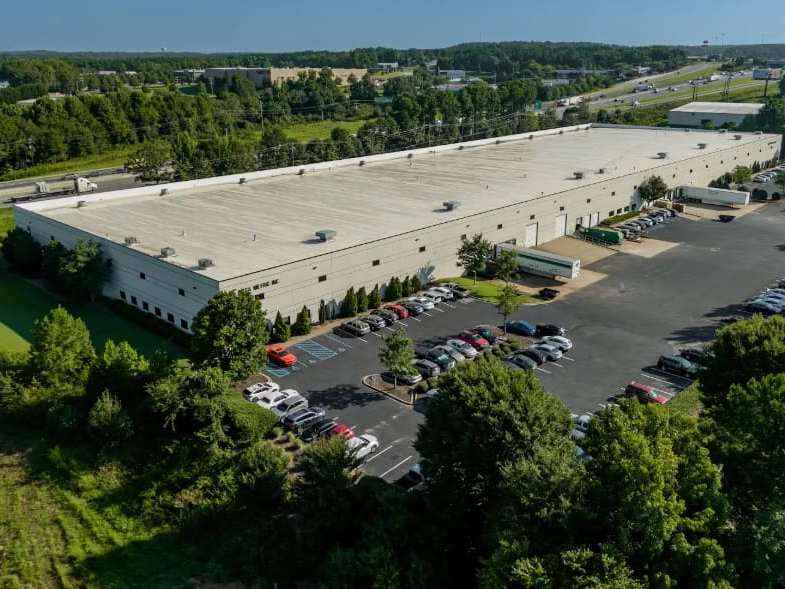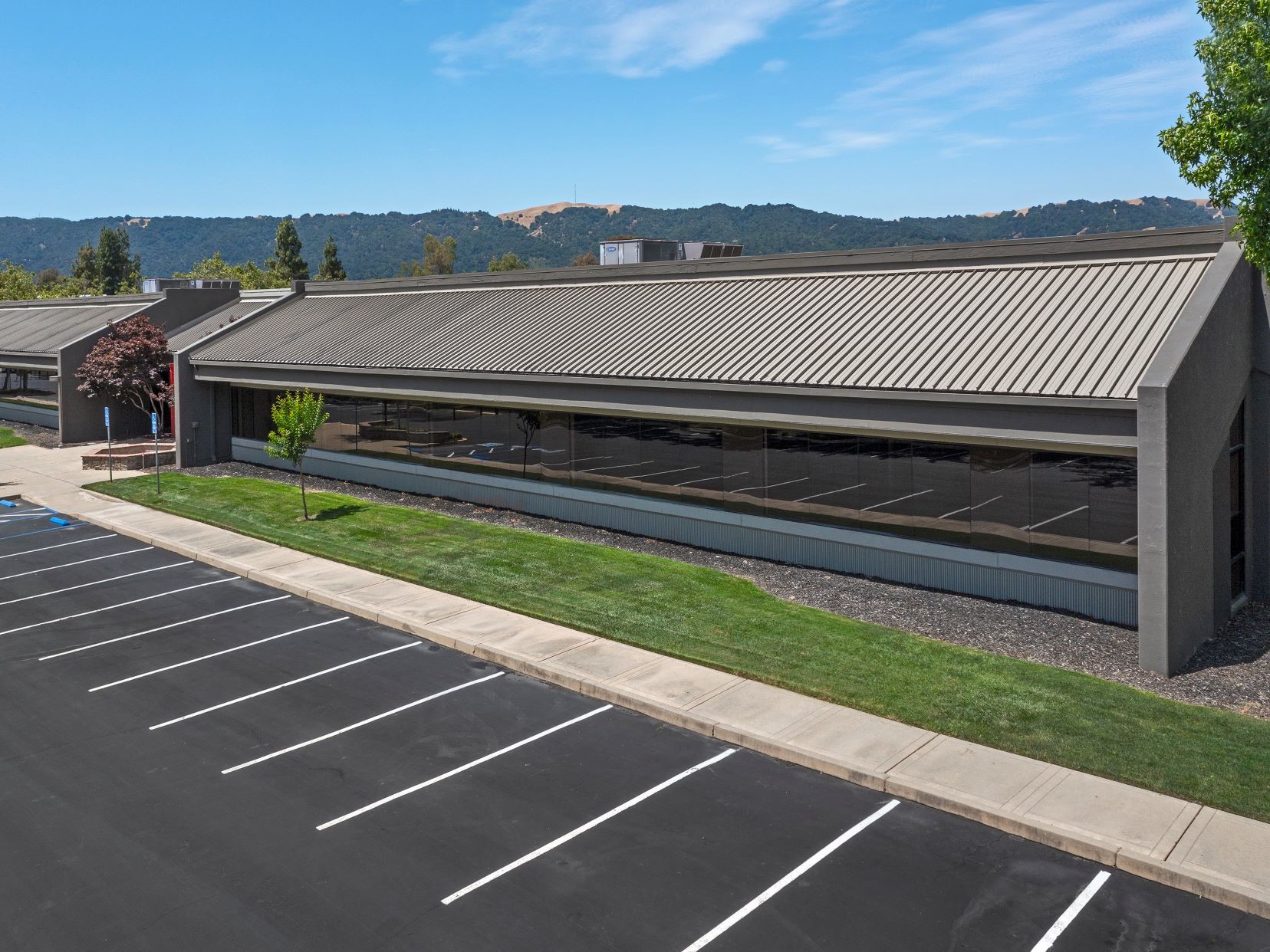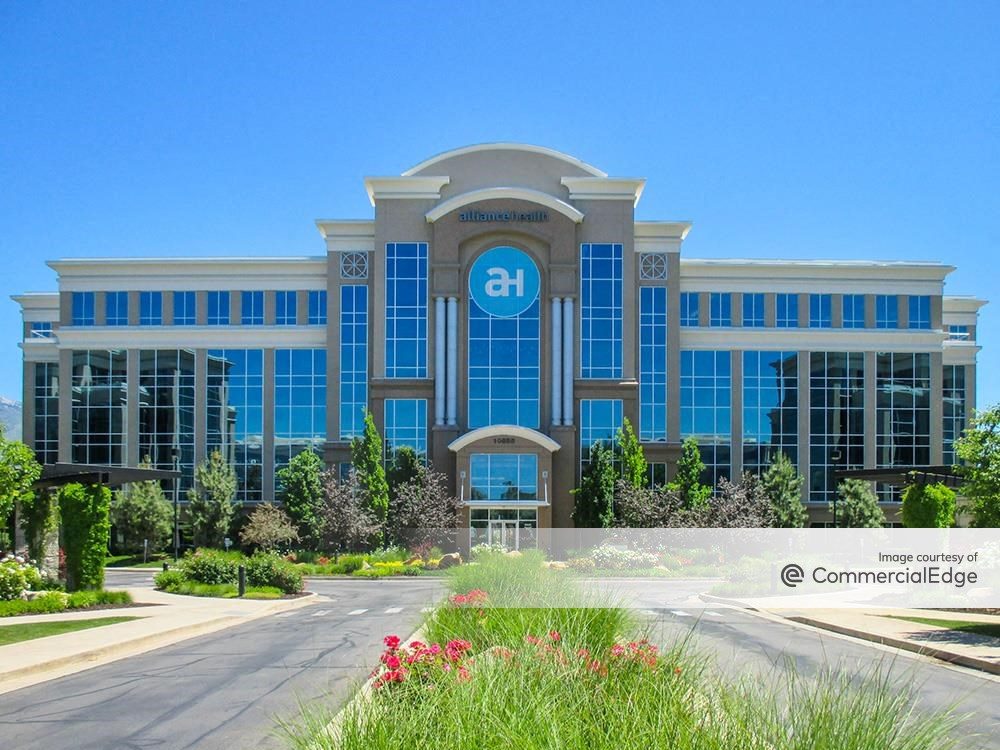Novotech Find Way to Make Solar Power from Pavement
Blacktop roads can be a source of solar power, according to reports from a team of researchers at Worcester Polytechnic Institute in Worcester, Mass., who have been developing a solar collector to turn patches of asphalt pavement into a new source for harnessing solar energy. If we already have “put up the parking lot”– and…
Blacktop roads can be a source of solar power, according to reports from a team of researchers at Worcester Polytechnic Institute in Worcester, Mass., who have been developing a solar collector to turn patches of asphalt pavement into a new source for harnessing solar energy. If we already have “put up the parking lot”– and an asphalt pavement surface must be resurfaced every ten years or so — this study reasons, why not put in a new feature to simultaneously produce energy? President of Novotech Michael Hulen, whose background is in physics, and who initiated the project, told CPN “There is a constant market for this new discovery of a renewable source of energy. The upside is huge. Asphalt itself is the second largest market in the world, next to energy. Its a $265 billion dollar market — it’s the sleeping giant. We’re excited about being able to service two of the largest markets in the nation, energy and asphalt, and I believe we are close to being able to commercialize the product.” Novotech now has the patent on absorbing and using heat collected from hot pavement. Novotech, a privately held company about ten years old, based in Acton Mass., primarily has worked with the development of night vision optics, thermal imaging optics infra and red spectrum products. “Infra red is essentially heat. When visible light from the sun impinges on the asphalt, an effect occurs….the black body radiation from the asphalt, and this gets re-emitted as heat. The study works on ways to move the heat within the asphalt, essentially to a heat-exchanger that can be converted into electricity, hot water, or other forms of energy. The heat exchanger could be a submerged pipe, with a fluid in it”. At the annual symposium for the International Society for Asphalt Pavements in Zurich, Switzerland, team member and PhD candidate Bao-Liang Chen, presented the findings of the two-year project. The study is also researching cost-effective ways to construct roads and parking lots to enhance such capabilities. Their studies point to a productivity far greater than has been harvested from traditional solar cells such as the photovoltaic cells now used in solar panels on rooftops. Rajib Mallick is the director of the research project and an associate professor of civil and environmental engineering. The research team , in addition to Bao-Liang Chen and Rajib Mallick, includes Sandra Bhowmick of the University of Massachusetts at Dartmouth. Director of research Rajib Mallick told CPN, “The basic concept is to use a piping network below the surface of the asphalt pavement,and to flow an appropriate fluid that is cooler than the asphalt mix, to reduce the temperature of the surface, while simultaneously using the heated fluid for different end applications such as heating, and power generation, for example air-conditioning and refrigeration.” The system requires no new real estate and no visible signature. Unlike some of solar panels now being constructed this approach needs no rooftops around the country to collect solar energy. Mallick also said that although there is an expected lower efficiency compared to traditional solar, the higher availability of existing pavement surface results in significantly lower cost per unit of power. “The cost is around $20-$50 per square meter, and has the capability to generate up to 800KWh a day six months a year, in New England”, he said. Areas that would most profit, due to high temperatures, are also those in most need of air conditioning and refrigeration. Cities can be 10 degrees warmer than the surrounding area, primarily due to asphalt. This ‘urban heat island’ effect is a known problem and the asphalt technology of project directly addresses this problem, offering potential solutions for this dilemma. The company is applying for grants that are specific to urban heat island areas. The studies, now patented, were conducted partly through funding from Massachusetts Technology Development Collaborative (MTC renewable energy trust,) and also through the Research Development Council (RDC) at Worcester Polytechnic. Novotech is now looking for additional grants from the National Science Foundation, the Department of Energy, and the Massachusetts Technology Institute. The plan is to build a larger alpha site. A site and a partner have been identified–Alternatives Unlimited at a mill on the Mumford River in Whittenville, Mass. Alternatives Unlimited is currently using hydro, solar, and geo thermal, and a Novotech will start working there with asphalt as well, to produce energy from a 10,000 square foot parking lot. Novotech is also actively looking for strategic partners and investors, such as asphalt companies and property owners. Target clients will be hotels and motels, airports, shopping malls, big box retailers and low rise commercial buildings,…and Laundromats. Any industry that uses large amounts of water, will benefit.






